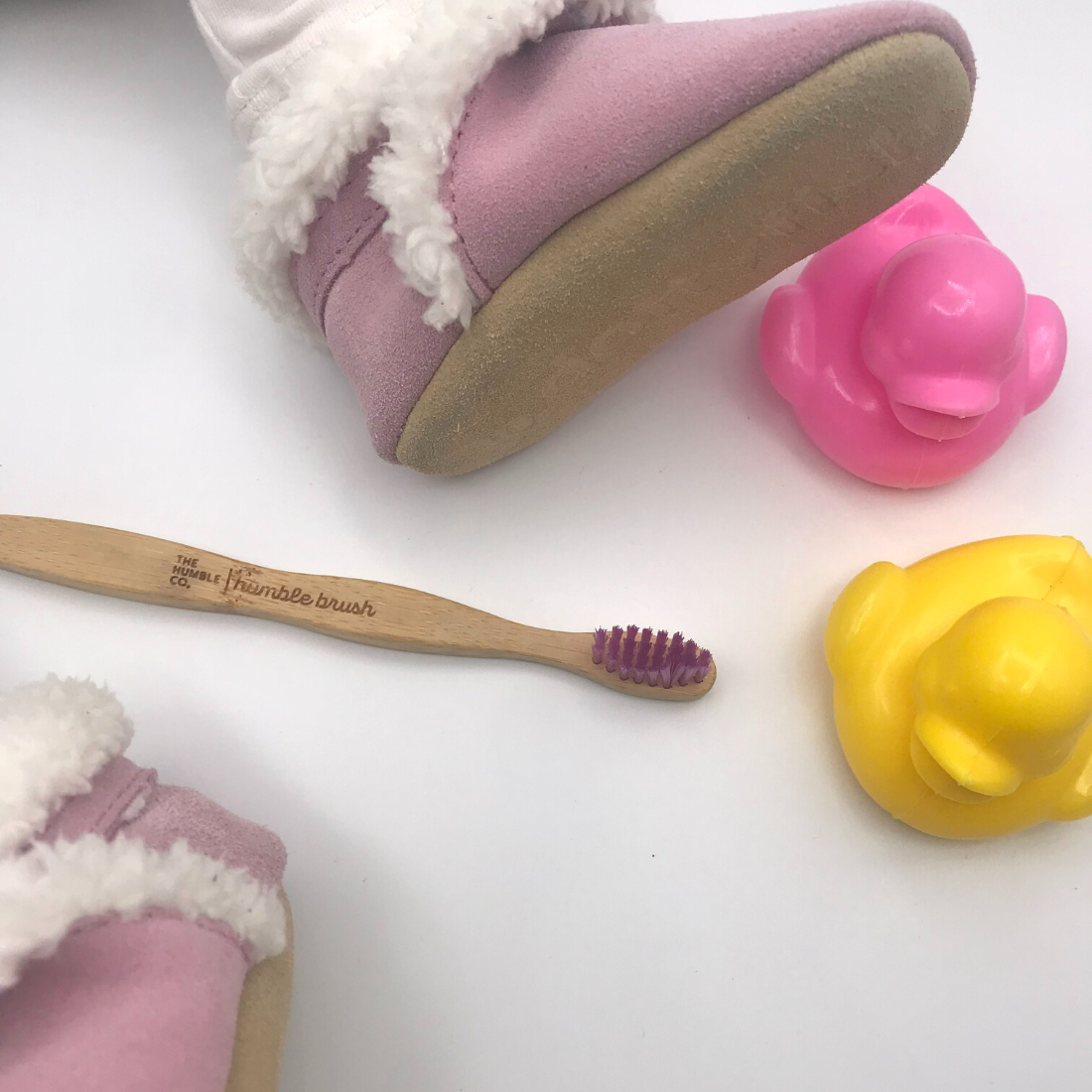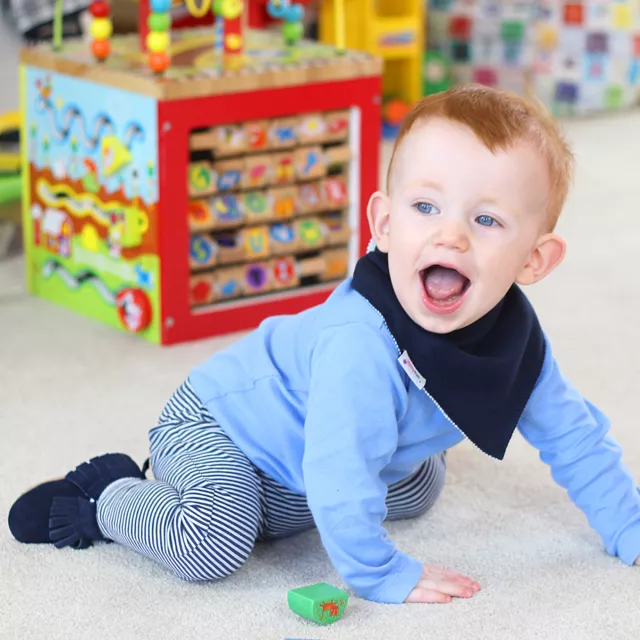Keep on reading to get to the tips!
Teething and Baby Teeth Order

Teething is something that every baby will go through, and it is one of the most important milestones in their development. Teething refers to the growth of baby teeth. Development is different in every infant. Some babies may take longer than others to accomplish certain milestones, including teething. Your baby’s teeth will make a grand and grumpy entrance anytime between 3 and 12 months. Consult a paediatrician if your baby is still toothless at 18 months. It could be a warning sign of oral health problems and may impact speech development.
Your infant’s baby teeth can erupt in any order. The baby teeth order also depends on the pace of an infant’s development. The lower incisors usually appear first in most babies anywhere between 3 and 12 months. Then, the upper incisors appear next from 8 to 12 months. Caring for your baby’s teeth, however, should not wait until all the teeth appear. Start immediately after the first tooth appears. Be gentle with the parts that don’t have any teeth to avoid irritating your baby’s gums.
When to Start Brushing Baby’s Teeth?

It’s advisable to start your baby’s oral hygiene even before their first tooth appears. Keep your baby’s gums clean by gently wiping them with a clean damp cloth.
Always examine the gums and tongue to check for any irritation or injury. Babies are usually comfortable with regular oral cleaning when they have started gaining weight, typically after the first month.
Brushing, on the other hand, should start soon after the eruption of the first baby teeth. Make sure you only use an infant toothbrush that is made up of soft bristles.
How to Clean Baby’s Gums and Tongue
Healthy gums are a good foundation for primary and permanent teeth. By following a simple cleaning process, starting a few days after birth. You can establish a routine for caring for your infant’s mouth.
Here are a few important tips for cleaning your baby’s gums after each feeding:
* Wet a clean gauze pad or soft washcloth.
* Gently wipe and massage your infant’s gums. This step may also help ease teething discomfort.
* Wipe the roof of the mouth, inside the cheeks, and tongue.
How to Brush Your Baby’s Teeth
It isn’t difficult for a first-time parent to learn how to brush baby teeth. You just need an infant toothbrush and fluoridated toothpaste, which may not be necessary for younger babies. Position your baby in a way that you can see all of his or her teeth. The most ideal position for an infant or a toddler is when their head is lying on your lap or in the crook of your elbow. If your baby is older, you can brush their teeth while they are standing up.
Only use a very small amount of toothpaste to brush the teeth of a baby less than 24 months old. Increase the toothpaste amount to a pea size for a child older than two years. Place the toothbrush where the teeth and gum meet and do circular movements. Start in one corner of your child’s mouth and brush each tooth as you gently work your way around until you finish. Baby teeth should be brushed long enough to remove plaque from all tooth surfaces. If your baby has developed all the 20 primary teeth, then the brushing session can take around 2 minutes.
We also recommend you continue helping or supervising your child’s brushing even when he or she is of preschool age. This will help prevent your baby from swallowing toothpaste and ingesting fluoride. If your baby ingests a significant amount of toothpaste, he or she may have stomach pain and nausea.
Why Baby Teeth Are Bleeding When Brushing
Gum diseases in babies are not very common. But you have to be cautious if you notice that when you are brushing your baby’s teeth, there is some amount of bleeding. This is likely to happen if your child is lacking proper mouth cleaning. Poor oral hygiene can lead to plaque accumulation under the gums. Plaque refers to a sticky film of bacteria on the teeth. A dentist can help clean your baby’s teeth and gums to restore good oral health.
Another reason you might notice bleeding gums when brushing your baby’s teeth is when a new tooth is erupting. If the new tooth is covered with gums and there is food getting stuck under the gums, slight inflammation will occur causing bleeding.
Sometimes, your child’s baby teeth may be too close to each other. This may result in food particles getting trapped in between the teeth. This can cause the gums in between teeth to swell, causing bleeding when brushing. You can help treat the bleeding by gently brushing your baby’s teeth. Also, consider flossing to remove any food particles.
Visiting the Dentist
Plan your baby’s first dental check-up by the age of 1, and sooner if you suspect there is a cavity or bleeding gums when brushing.
Final Words
It’s very important to take good care of baby teeth. If any of your child’s baby teeth is lost early due to decay, the teeth next to it will start drifting. The teeth will drift to fill the vacant space, leaving no room for the permanent tooth to grow. This may force permanent teeth to emerge in odd places, causing a crowded or crooked smile. So, it is extremely important you make a special effort to clean your baby’s mouth and make sure he or she has healthy teeth.
Happy Brushing,
Dentlay.org and The Dotty Fish Team

